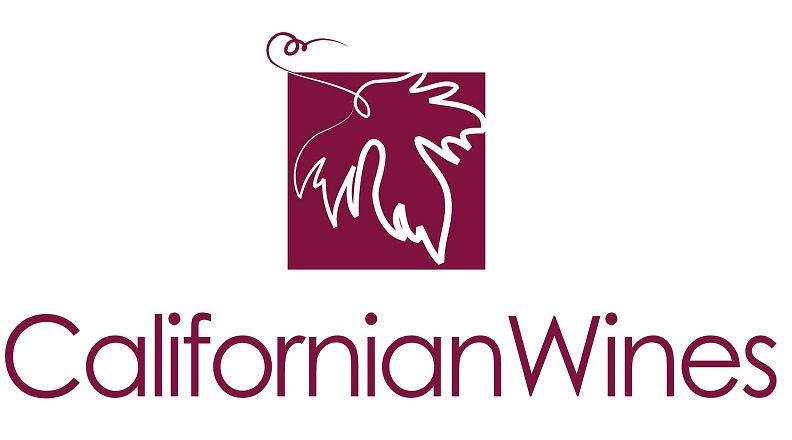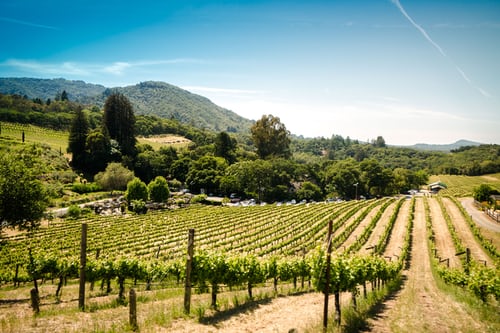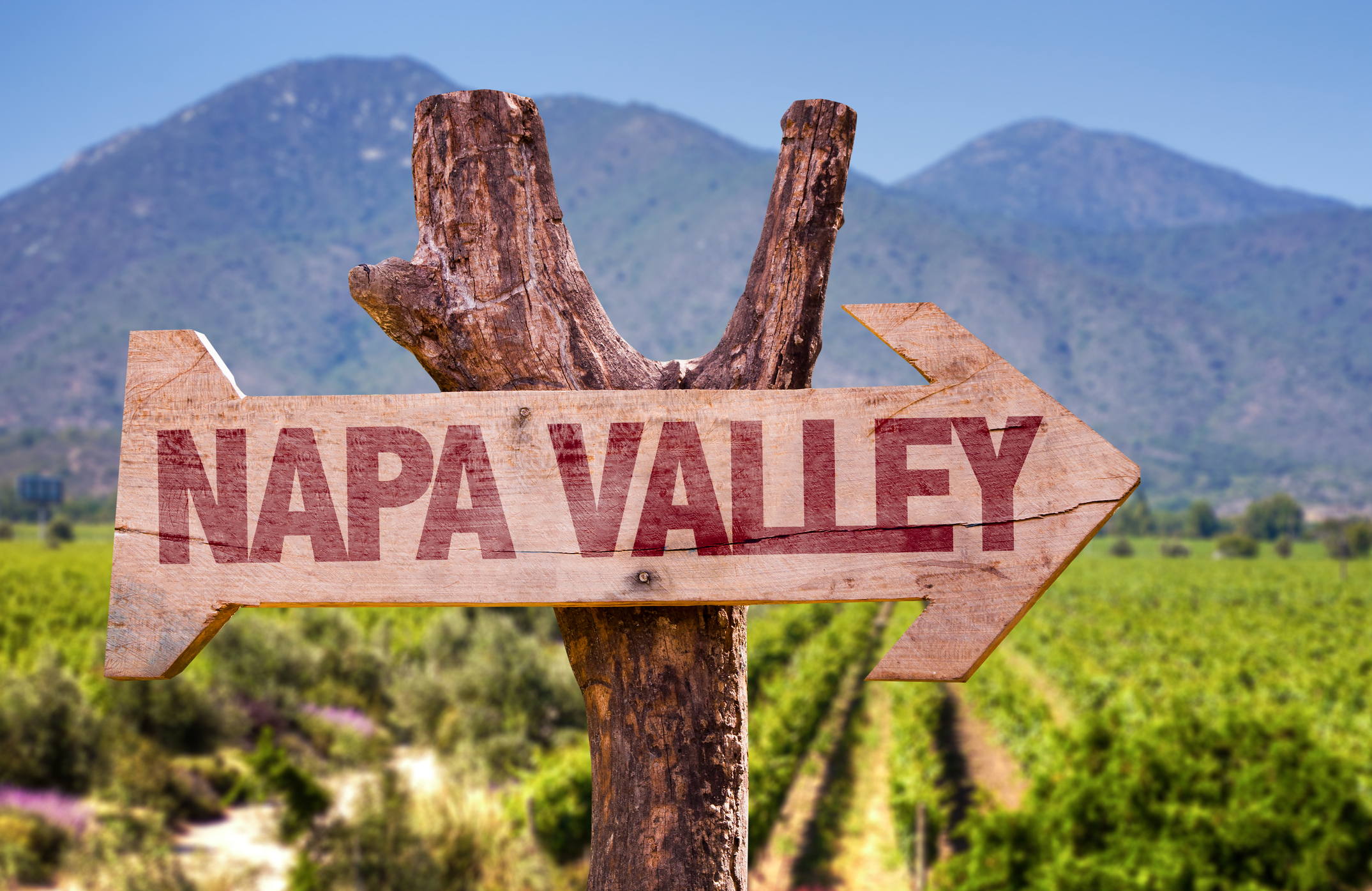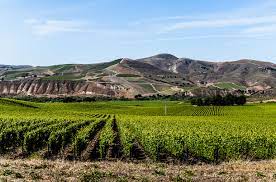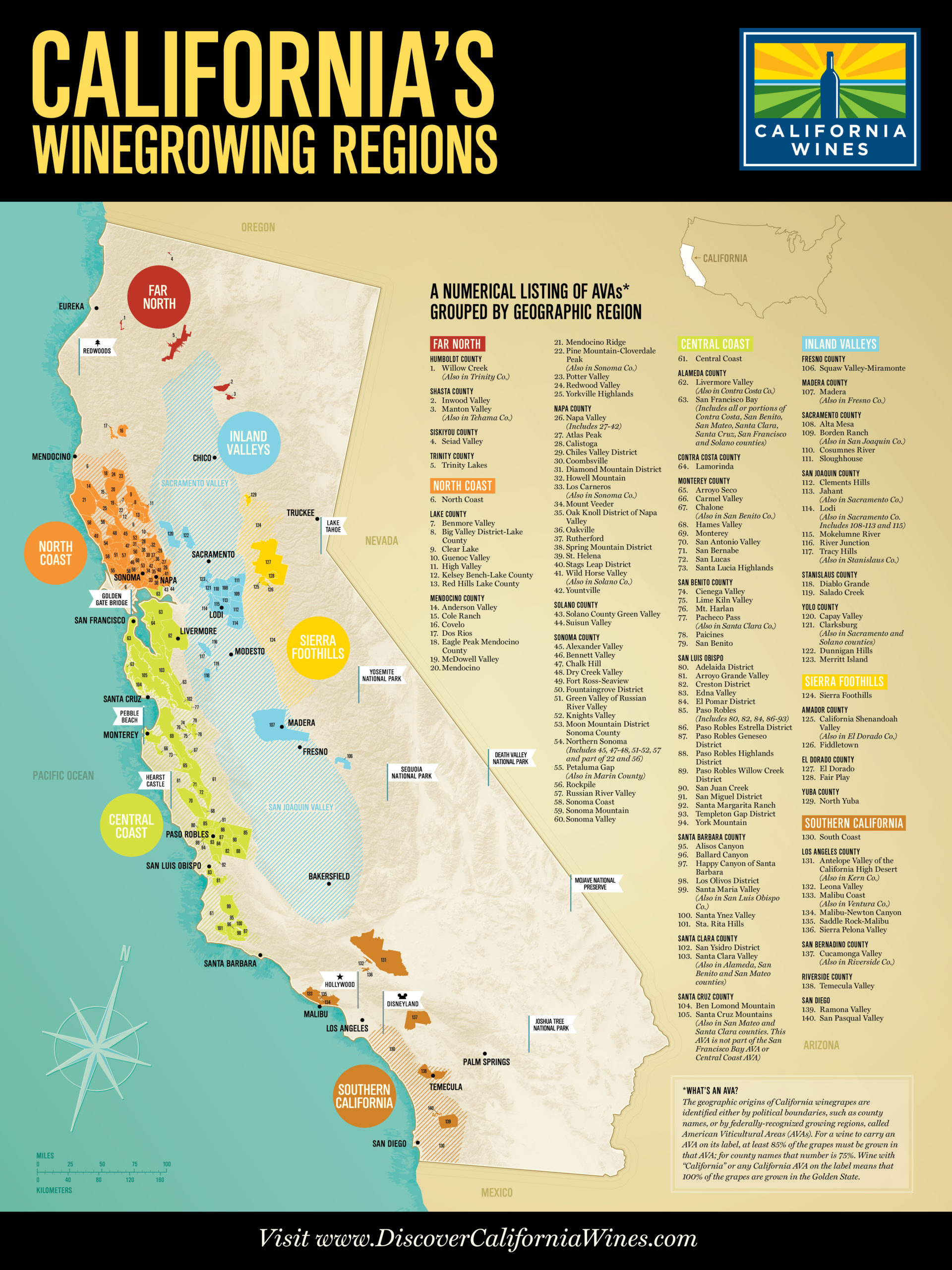AVA
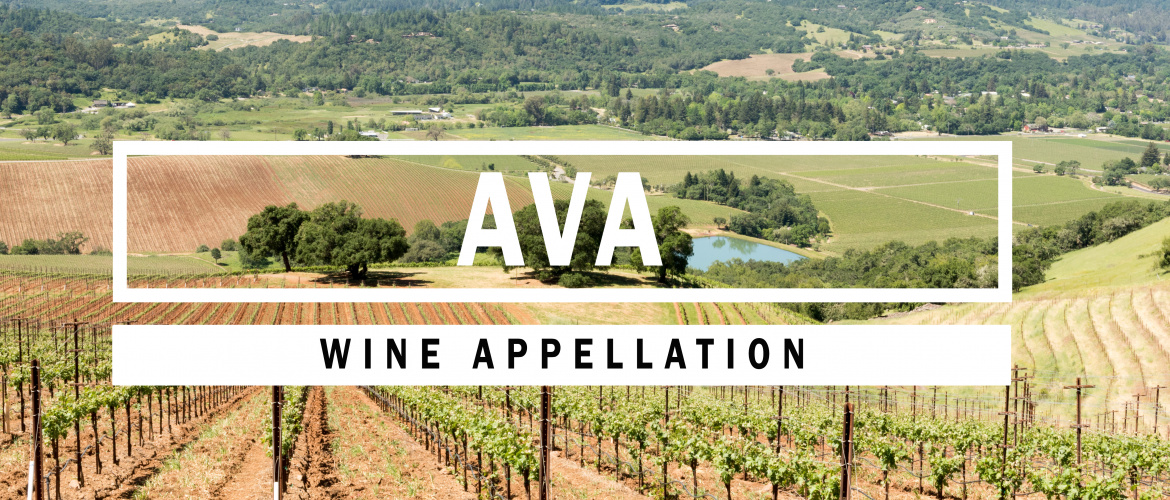
When a U.S. winery wants to tell you the geographic pedigree of its wine, it uses a tag on its label called an Appellation of Origin AVA. Similar system by federally-recognized regions is commonly used in every wine-producing country. For example in Italy we know DOC, DOCG, IGT or in France it is IGP, AOP and Grand Cru. This information helps us with orientation with such an amount of wines on the market and also guarantees a certain quality and regularity of the country where the wine comes from. If a wine is designated with the name of an American Viticultural Area (AVA), federal regulations require that 85 percent or more of the wine is derived from grapes grown within the boundaries of that TTB-established AVA and that the wine is fully finished within the state or one of the states in which the AVA is located. Certain states have stricter standards for use of the name of an Appellation/AVA on wine labels.
WHAT MAKES CALIFORNIA SUCH A UNIQUE PLACE TO GROW VINES?
The answer is undoubtedly the diversity of climate, soil and altitude. Thanks to all this aspects, we can find just in one region both light wines, with sharp acidity and mineral tones, as well as very ripe, concentrated wines with higher alcohol.
California’s 1,300 kilometers (800 miles) of rugged coastline expose nearby vineyards to natural “air conditioning” in the form of fog and breezes, making exceptional climate for Chardonnay, Pinot Noir and other cool climate varieties. Warmer interior valleys receive the same cooling effect thanks to rivers, lakes and deltas. Meanwhile, vines planted along our hillsides get a fine mixture of cooling air and bright, unfiltered sun-conditions that Cabernet Sauvignon and Merlot were born to love.
Californian soils are as diverse as the growing regions. Sand, clay, loam, granite, volcanic ash, seabed soil, river-run gravel: each contributes its own distinct minerality.
High altitude plays a crucial role in the temperature differences between day and night, which helps grapes to receive more direct and concentrated sunlight and forces the fruit to form a thicker skin. This causes a higher concentration of colors and stronger tannins. Colder nights, in turn, cause the grapes to retain their acidity, leading to more elegant and well aging wines.
California is divided into 6 major wine regions, each of which has a number of sub-regions - AVA:
- NORTH COAST
- CENTRAL COAST
- SIERRA FOOTHILLS
- INLAND VALLEYS
- SOUTHERN CALIFORNIA
- FAR NORTH CALIFORNIA
NORTH COAST
Mendocino County
| | - The northernmost growing area within the North Coast region. Foggy, cool and covered in redwood forests. - Mendocino grows an abundance of Pinot Noir, Chardonnay and Cabernet Sauvignon. However, because of the county’s diverse geography and climate, dozens of other varietals grow here like Sauvignon Blanc, Syrah and Colombard, Alsatian - style wines such as Gewürztraminer, Riesling and Pinot Gris. Also the best quality of sparkling wines are here. - The most famous AVA: Anderson Valley, Mendocino |
|
Lake County | | - Sits just east of Mendocino and is named for the largest inland body of water in the state of California, Clear Lake. It's rugged volcanic topography surrounds the vineyards, which are most often planted on the slopes of the hills. Large temperature differences between day and night are essential for the slower ripening time of the grapes and the subsequent varietal character of the wines. - This area has a reputation for bright, concentrated red wines of Cabernet Sauvignon, Merlot, Syrah and Zinfandel and fresh aromatic white wines from Sauvignon Blanc. - Famous AVA: Clear lake, Red Hills Lake County |
|
Napa County | | - A Mediterranean climate prevails here, with hot, dry summers and cool, wet winters. This relatively small region gave rise to the most famous wines of California. -The most common varieties is Cabernet Sauvignon, but it also produces fine Chardonnay, Chenin Blanc, Merlot, Pinot Noir, Sauvignon Blanc, Riesling and Zinfandel. - Famous AVA: Napa Valley, Atlas Peak, Calistoga, Carneros, Howell Mountain, St.Helena, Mount Veeder, Oakville, Rutherford, Stags Leap District and Yountville |
|
|---|---|---|---|
Sonoma County | | - Stretching from the Bay of San Pablo to the border with Mendocino, in general we can count on long, dry, sunny, warm, but rarely hot summer days supported by cool nights, ocean breezes and fog. With the Mayacamas, the rolling Carneros hills, the Russian River Valley, coastal hills and other geographical features, the Sonoma region has more soil types than the whole France. From rich and clayey to volcanic, rocky and well drained. - The local fog helps maintain the acidity and complexity of the wines. Due to the range of soil types, more than 50 varieties are grown here. The cold weather of Carneros and the Russian River Valley produces exemplary Chardonnay and Pinot Noir; the warmer valleys of Dry Creek and Rockpile produce an excellent Zinfandel; Alexander Valley is known for Cabernet Sauvignon and Merlot. - Famous AVA: Alexander Valley, Rusiian River Valley, Carneros, Sonoma Coast |
|
Recommendation from our e-shop | 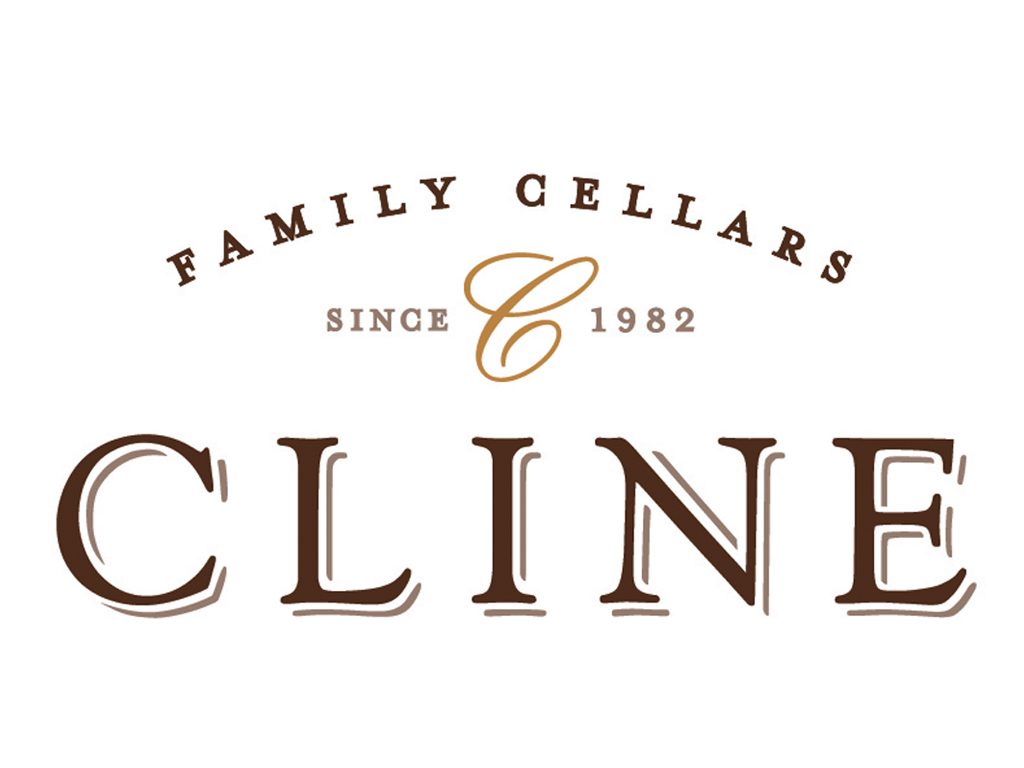 |  | 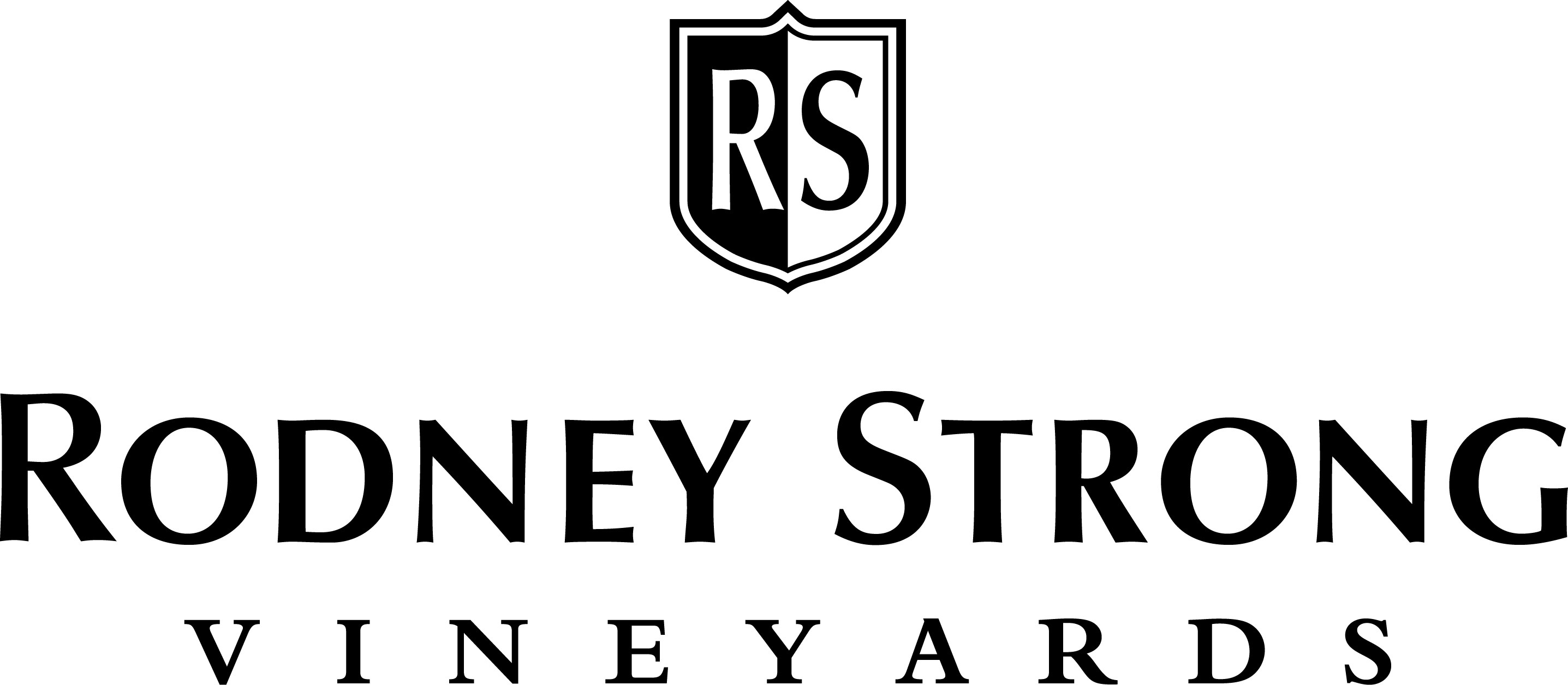 |  |
CENTRAL COAST
Alameda CountySan Francisco Bay | - This large AVA is extremely diverse in terms of terroir, but fog and wind from the cool waters of San Francisco Bay (and Monterey Bay to an extent) unite the region somewhat. These ocean influences are particularly pronounced in the more coastal regions of Santa Cruz and Contra Costa County, but Livermore Valley and Santa Clara Valley are subject to ocean breezes as well. The effects of warm sunshine are tempered by these breezes, leading to a long ripening season during which grapes can develop complex flavors and aromas while retaining acidity - Cabernet Sauvignon is the most common variety following by Merlot, Zinfandel, Pinot Noir and Chardonnay - Famous AVA: Contra Costa, Santa Cruz, San Francisco | 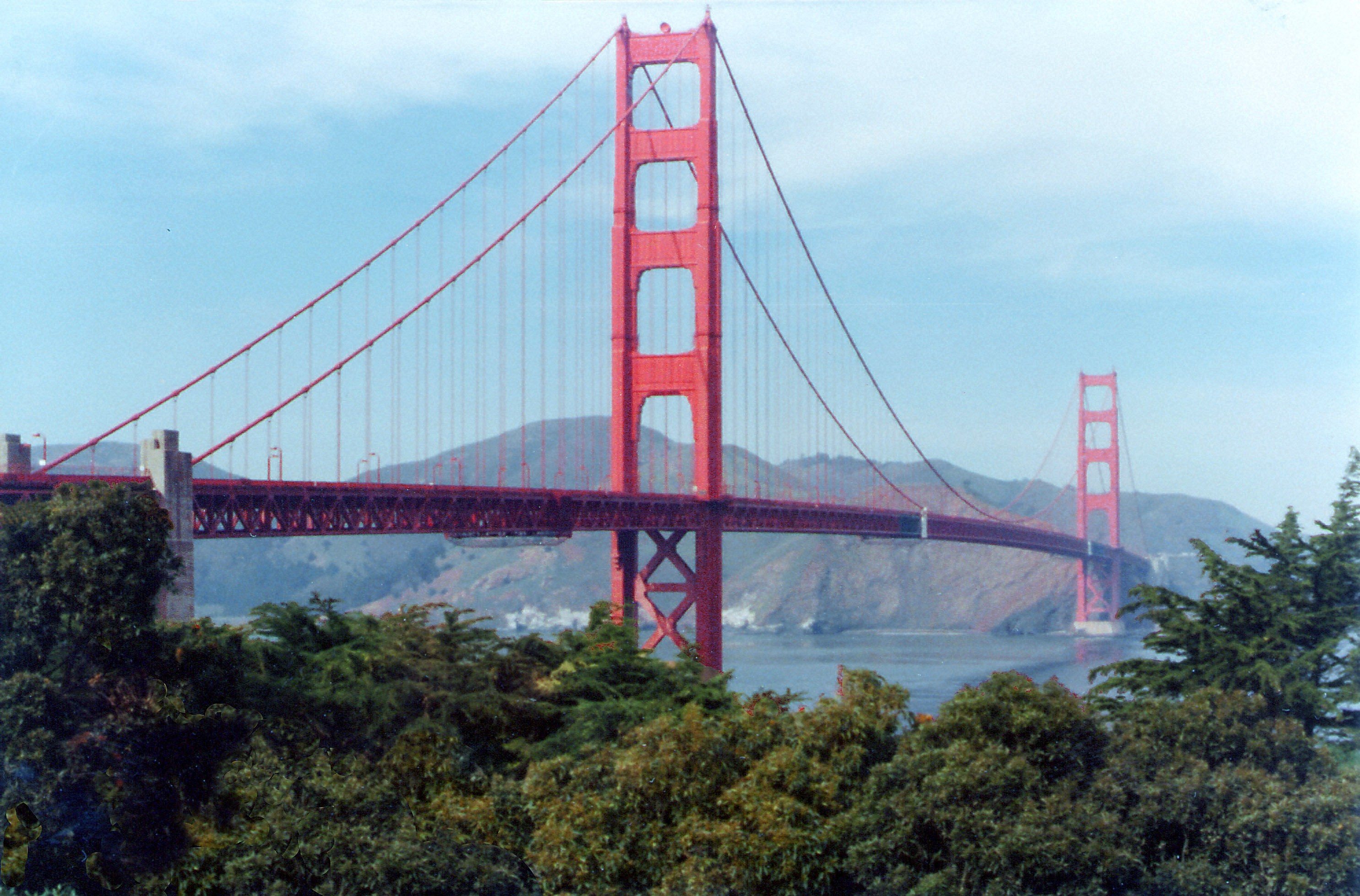 | ||
Monterey County | - The Monterey coast is world-famous for unparalleled scenic beauty, warm sun, cool fog and ancient soils. - In colder areas such as Arroyo Seco are ideal for varieties that provide strong acidity, such as Chardonnay, Sauvignon Blanc and very decent Pinot Noir. Warmer inland areas are great for Bordeaux style Cabernet Sauvignon and Merlot as well as Syrah and Zinfandel. - Famous AVA: Monterey, Arroyo Seco, Paso Robles | |||
Santa BarbaraCounty | - It is the longest transverse valley (East to West) found on the western Pacific coast–from Alaska to South America. This creates climate conditions perfect for world-class cool climate wines. - The wines are elegant and sophisticated while retaining the earth's minerality. They show a refined balance between fruit purity, rich velvety structure and freshness - Chardonnay, Pinot Noir, Sauvignon Blanc - Famous AVA: Santa Maria Valley, Santa Ynez Valley, St.Rita Hills |
|
|---|
Recommendation from our e-shop |  |  |
INLAND VALLEY
San Joaquin ValleyLodi | - Flat and fertile farmland from the San Joaquin Valley in the south to the Sacramento in the north. Commonly called inland valleys, it is one of the most productive agricultural areas in the world. - The most famous AVA is Lodi, which is proud of its full jam-shaped Zinfandel. |
Recommendation from our e-shop |  |  |
SIERRA FOOTHILLS
Sierra Foothills | - one of the largest AVAs in the entire United States. The region lies along the north-western foothills of the Sierra Nevada mountain range that separates California from the state of Nevada in the east. Vineyards run all the way along this 160-mile (260-km) stretch of mountains, usually at altitudes ranging from 1,000ft to 3,000ft (300–900m) above sea level. The warm alpine terroir is suitable for the production of big, mature red wines. - the variety mainly grown here is Zinfandel, Syrah, but also Italian Barbera, wines of rich, complex flavors and aromas. | 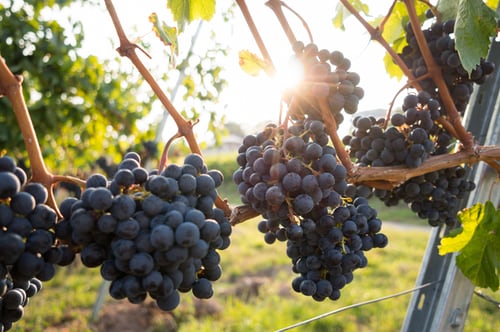 |
SOUTHERN CALIFORNIA
Riverside County | - This area has a long history of winemaking with very pleasant, warm and consistent weather and mild coastal fog - Known for its Italian, Spanish and Rhône varieties Arneis, Sangiovese, Tempranilo, - AVA Temecula Valley, San Diego, Los Angeles |
| | | California has currently 139 AVA areas which are constantly expanding.
More than 80% of US wines are made in California, making it the fourth largest wine producer in the world, after Italy, France and Spain.
California has over 427,000 acres (1,730 km2) planted under vines mostly located in a stretch of land covering over 700 miles (1,100 km) from Mendocino County to the southwestern tip of Riverside County
The Central Valley is California’s largest wine region stretching for 300 miles (480 km) from the Sacramento Valley south to the San Joaquin Valley.This one region produces nearly 75% of all California wine grapes.
California wine regions run the length of the state, and wine grapes are grown in 49 of California's 58 counties. Chardonnay is the most widely planted white grape and Cabernet Sauvignon is the most widely planted red grape. |
